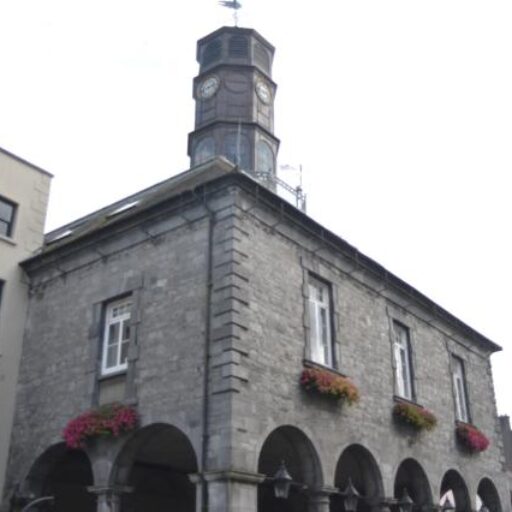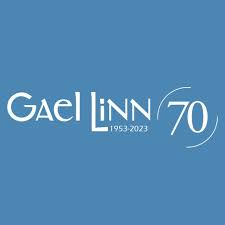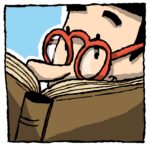Gael Linn!
I received my copy of the magazine 'Comhar' recently (May 2023), and I noticed that it was a special issue, commemorating the seventy years since Gael Linn was founded in May 1953. I didn't know about half the things that this significant organization has done so far for the Irish language, regarding both language and culture. When Fionbarra Ó Brolcháin was writing about the pioneering of three people who were very active in the organization - Dónall Ó Móráin, Riobard Mac Góráin and Séamus mac Crosáin, he referred to something said by the anthropologist Margaret Mead: ''Never doubt that a small group of thoughtful committed citizens, can change the world. Indeed, it is the only thing that ever has.” Isn't that statement inspiring and also true? Undoubtedly, it was true in the case of Gael Linn. In my opinion, that small team understood how important and central our language and culture are to us in this country, and that our national identity stems from that. That team realized that it would be better to attract people into Irish instead of trying to push them into it. The Gael Linn team achieved those goals. They made investments in the arts. They organized cultural events and Irish language learning schemes. In this way, they gave a new face, a contemporary face to the language and culture. They had a modern approach to teaching, a more comprehensive approach than ever before, in which they understood that you can learn Irish outdoors during entertaining events and enjoyable holidays. They were right and there was no lack of children applying for all kinds of courses organized by Gael Linn. When I saw that Gael Linn started a scholarship scheme in the 1950s, the memories came back strongly.
Gael Linn Scholarship Scheme
The Three Month Scholarship Scheme began in 1955 and the scheme continued until 1973. It used to be a period of three months rather than a month, as Máirtín Ó Cadhain believed that was the shortest period in which children would be able to acquire the language. A family used to be allowed to provide accommodation for (only) one child, so that the child would not have the opportunity to speak English in the house. The children attended a local school. It was a comprehensive experience - immersion in all aspects of our traditional culture - rural life, the spirit of the Gaeltacht, storytelling and music included. It was, without a doubt, a pioneering scheme. And I'm not just saying that, either!
My personal experience
I was only a ten-year-old child when I myself attended the Gael Linn course. I left home on my own for the first time and traveled to Galway by train, then on to Kilbrickan, Rosmuck, County Galway. Máire Bean Uí Ghriallais gave me a warm welcome, and my Gaeltacht adventure began immediately. Mrs. Grealish first gave me a bowl of soup but unfortunately it was so hot that I burned the roof of my mouth badly with it. It was very painful for a week or two! It was difficult to explain in Irish what happened to me!
After the long journey, I had to go to the toilet. Máire led me out of the house to the toilet, but it was pitch black outside. Consequently, I hit my knee against a wall and I was injured again! Although I had a bad start, things improved after that - and I didn't injure myself again either.
Although it was difficult at first to speak Irish, I was fluent before long. I had to speak Irish all the time - I didn't have another option because there wasn't much English to be heard in Rosmuc at that time. It was a natural process and I hardly noticed that my Irish was improving day by day. I was also learning other aspects of the culture. For example, I learned to play many songs on the tin whistle and box accordion. I was so happy in the Gaeltacht that I almost forgot my own family! My spell of time passed quickly, and it was difficult for me to return home. But I had no problem with Irish at school after that, and I had a lasting love for our language and our culture from then on, thanks to my father and Gael Linn. Gael Linn abú!






